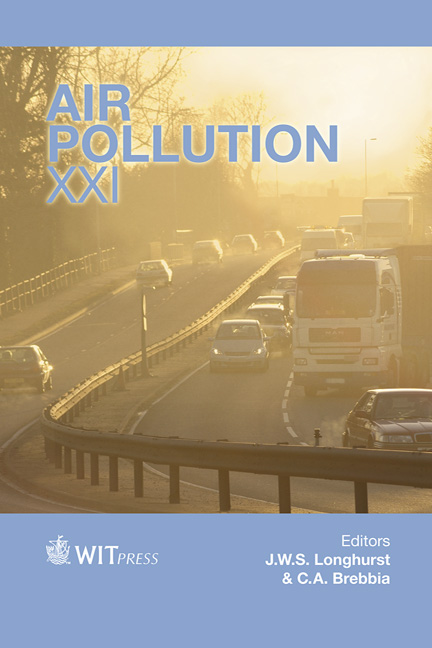Transport Of Aerosols In The Mediterranean Coastal Zone
Price
Free (open access)
Transaction
Volume
174
Pages
11
Page Range
125 - 135
Published
2013
Size
528 kb
Paper DOI
10.2495/AIR130111
Copyright
WIT Press
Author(s)
J. Piazzola, A. Demoisson & G. Tedeschi
Abstract
Aerosol particles in coastal areas result from a complex mixing between seaspray aerosols locally generated at the sea surface by breaking waves and a continental component arising from natural and/or anthropogenic sources. We present a study on the aerosol transport in a French Mediterranean coastal zone based on physico-chemical characterization of the particle size distributions measured on the island of Porquerolles. The results are analyzed using a 2D model, the MACMod model, dedicated to the aerosol transport at a local scale. A part of the analysis deals with the dispersion of organic compounds in the Marine Boundary Layer (MABL). This shows that, even at very short fetch, the seaspray particles represent a strong contribution of the aerosol size distributions measured in the coastal zone. In contrast, the low wind speed conditions correspond to air masses that are strongly impacted by pollution transported over the Mediterranean. Under higher wind speed conditions, aerosol number and mass concentrations of smaller sizes are lowered due to the dispersion of anthropogenic pollutants. However, the model simulations show that the lifetime of these submicronic particles in the atmosphere, which are characteristics of the anthropogenic influence in coastal areas, is rather large. Keywords: coastal aerosols, anthropogenic compounds.
Keywords
coastal aerosols, anthropogenic compounds





